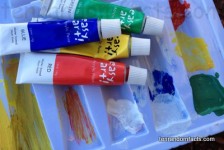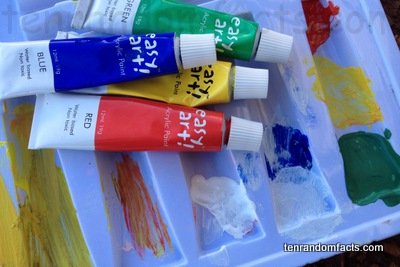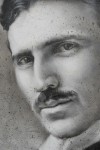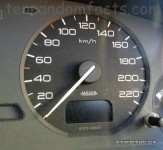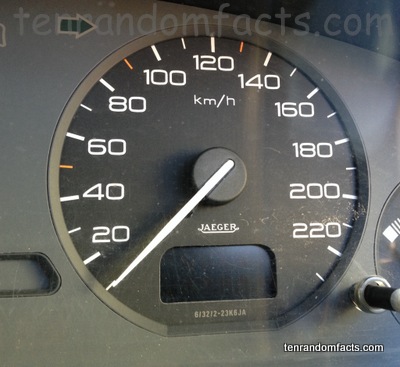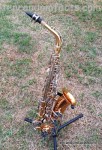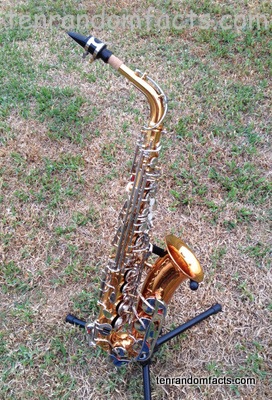
No balloon helium without gas cylinders.
- ‘Gas cylinders’ are also known as ‘gas tanks’ and ‘gas bottles’.
- Gas cylinders are hollow storage that is made to withstand highly pressurised gas.
- Gas cylinders are typically made of non-welded and non-corrosive steel or carbon fibre, and often contain composite materials.
- Depending on the country, gas cylinders must be tested and checked often to ensure the cylinder has not become weak or corroded, as this can be very dangerous.
- Gas cylinders that contain helium gas have to withhold the highest interior pressure.
- When storing, gas cylinders should be stored upright and chained down to prevent the cylinder from falling over.
- Gas cylinders are sometimes colour coded in some countries to indicate the type of gas it may contain, although one should not rely on the colour coding as it is best to always check the label.
- Animal bladders were used as types of early gas cylinders in the 1700s.
- Seamless steel pipes were invented in the late 1800s in Germany by two Mannesmann brothers, Max and Reinhard, which were quickly used as gas cylinders, and are similar to today’s versions.
- The gas contained in a gas cylinder usually exits via a valve at the top of the container.
Bibliography:
An Industry under Pressure, 2005, GAWDA, http://www.weldingandgasestoday.org/index.php/2005/06/an-industry-under-pressure/
Gas cylinder, 2014, Wikipedia, http://en.wikipedia.org/wiki/Gas_cylinder





